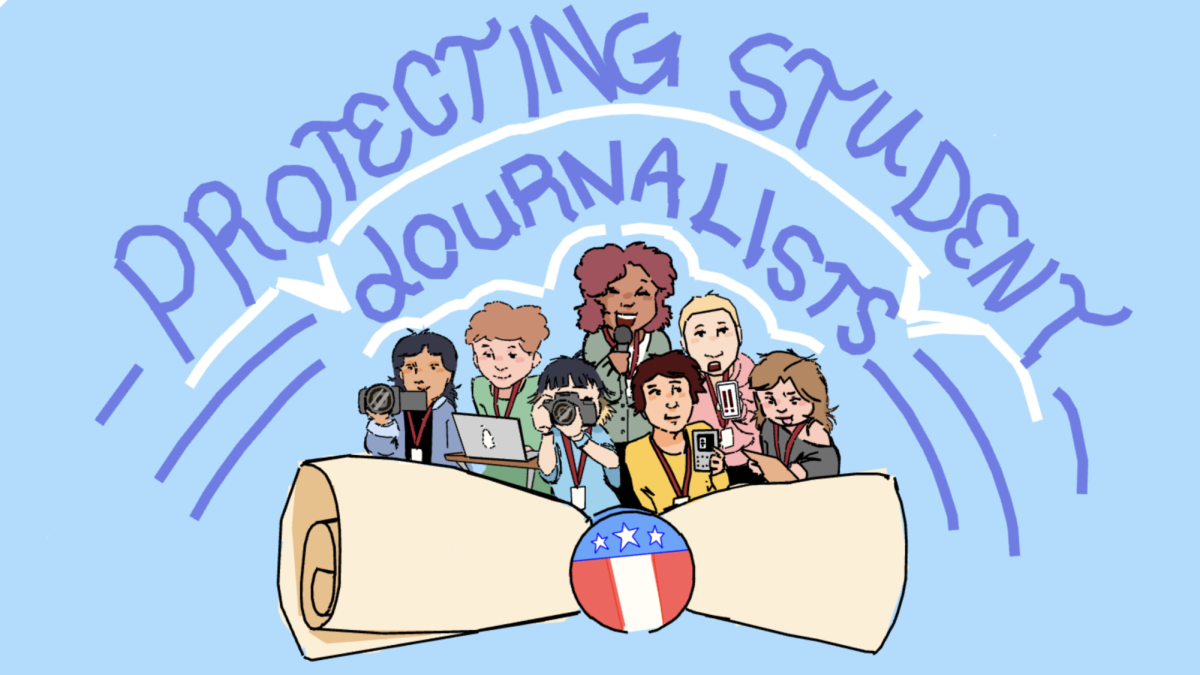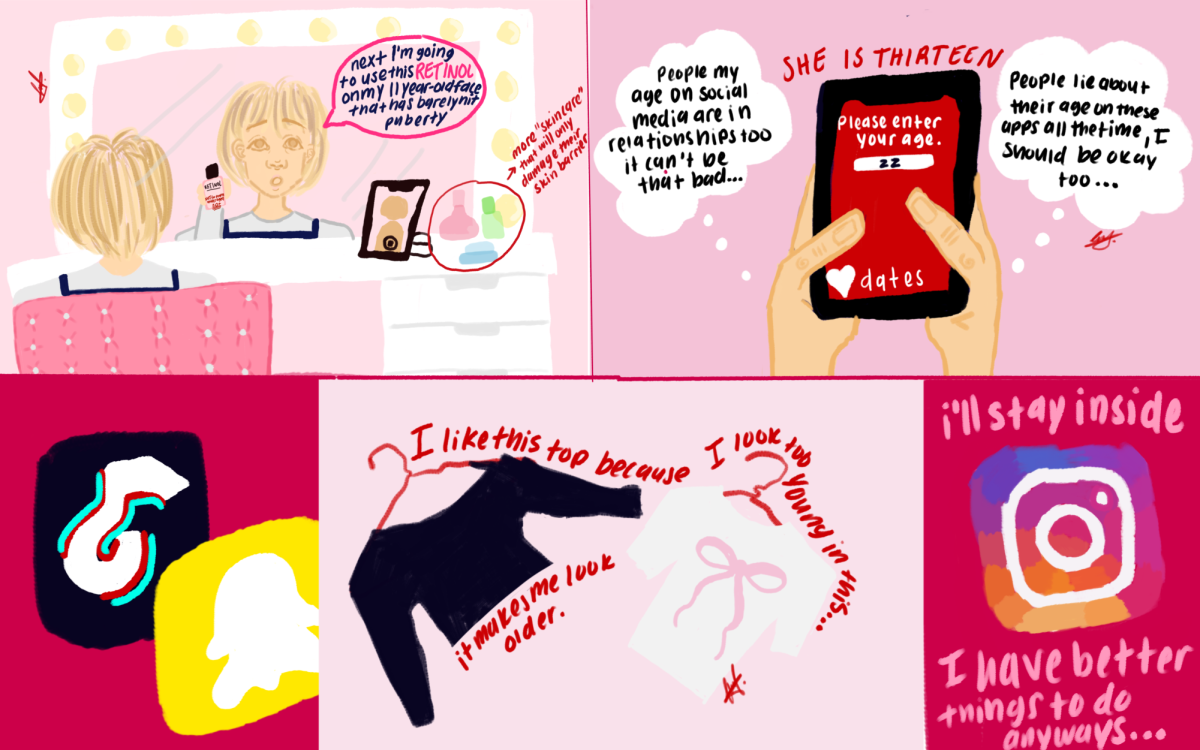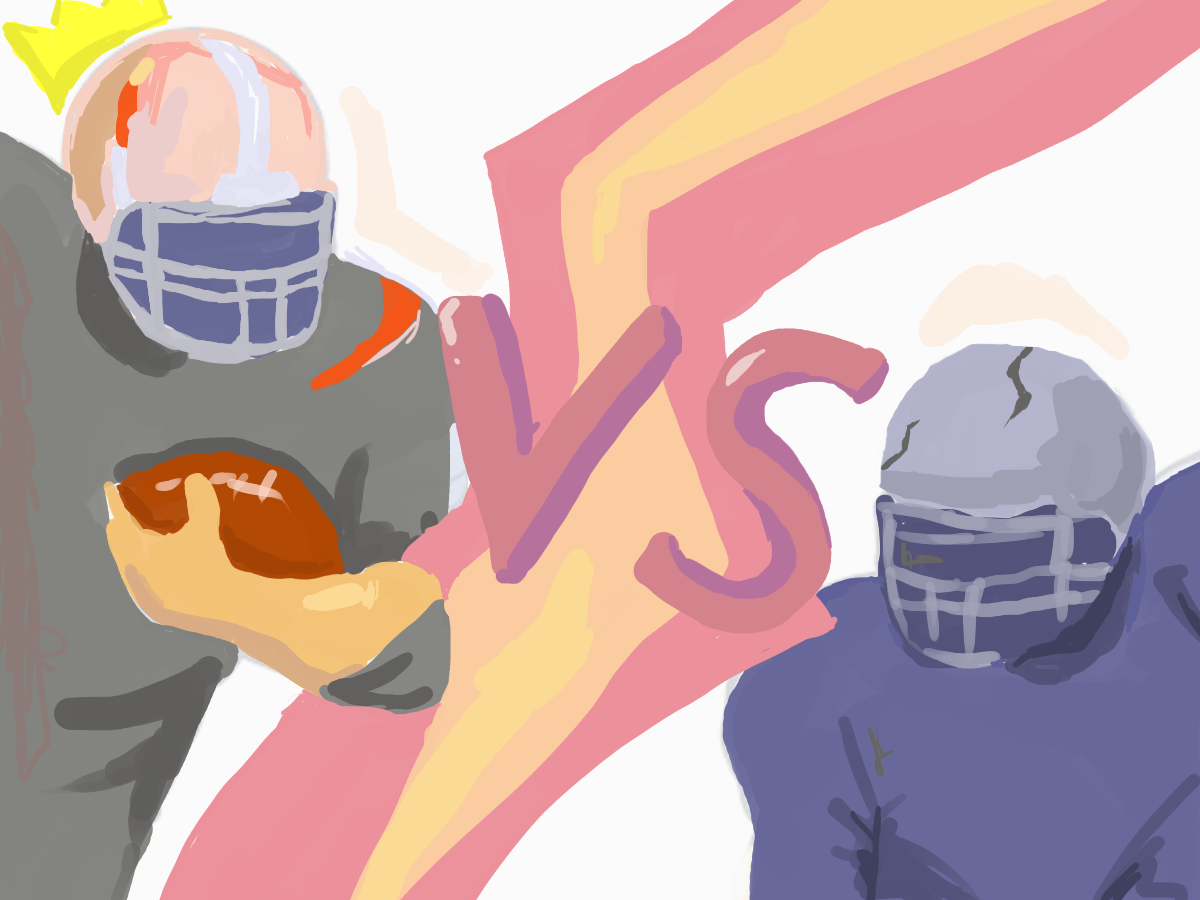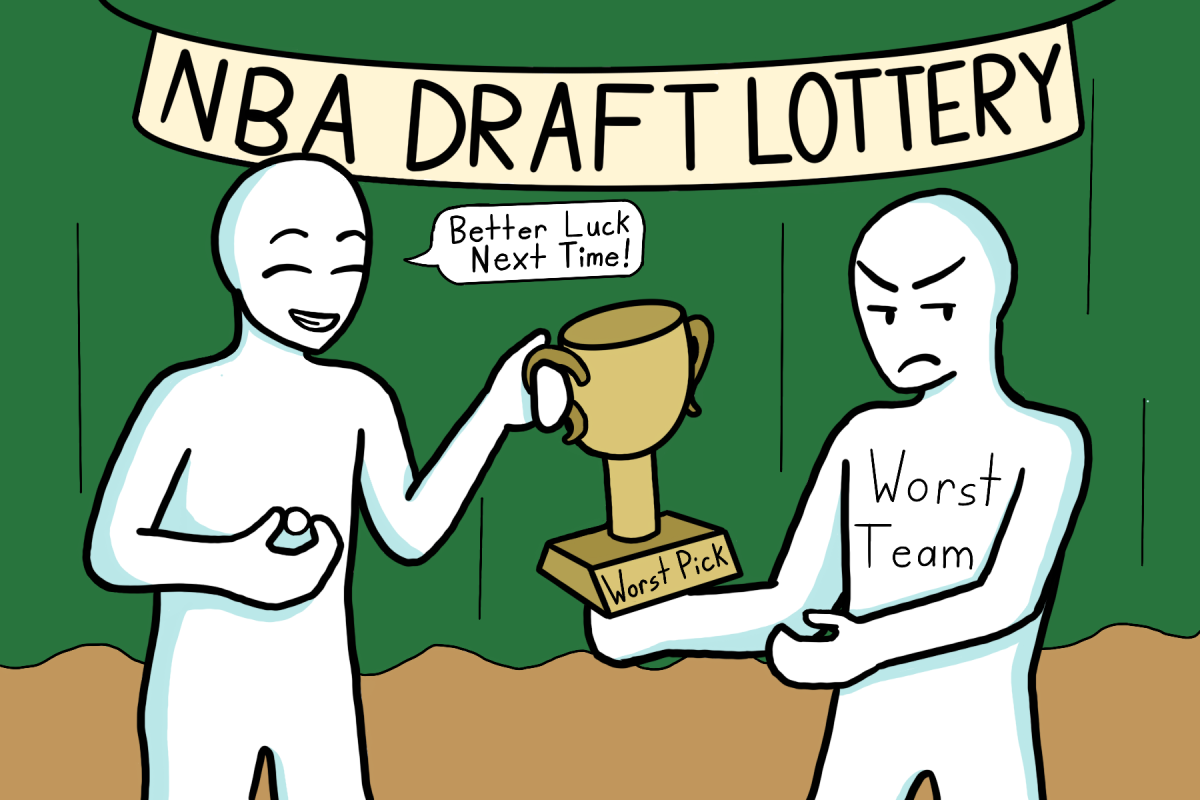
On freshmen and sophomore course cards, Marjory Stoneman Douglas High School students are presented with two very similar options: gifted English and honors English. On transcripts, these two classes are effectively the same. Though they count the same when factored towards GPA, there is a significant difference present. “Gifted” students have access to continuing check-ins and support; they are assigned to a more project-based and engaging curriculum, and they’re overwhelmingly white and Asian.
The gifted program has a problem with race. A Department of Education Study reports that 75% of gifted students are white or Asian. Meanwhile, these students only make up 56% of the total student population. African American students make up 16% of the total student population, but only 10% of the gifted and talented programs. Meanwhile, an overwhelming 53% of students in remedial classes are African American. African American and Hispanic students are incredibly underrepresented in gifted programs. So the question remains: Why?
White and Asian students are not inherently more intelligent. That argument is often at the center of racist ideology, but it is untrue? The process for selecting gifted students can intersect with racial bias.
Broward County Public Schools routinely screens every second-grade student for the gifted program. However, students can be screened earlier or again if a teacher recommends them for the test. Racial bias could potentially lead teachers to recommend white or Asian students at higher rates than black and Hispanic students.
This process also gives an advantage to students from wealthier families, who can afford to have their children tested and re-tested by independent psychologists in order to guarantee a satisfactory score.
The students in the gifted program are taught by educators with additional training and a gifted certification, who generally go above and beyond to guarantee a quality education for their students. Effectively, the best teachers are going to the students who need them the least; with the gifted program being a generally wealthier crop of students, who often have more at-home support, gifted students are more likely able to afford tutors. Additionally, if gifted students truly are more intelligent, the allocation of extra resources towards them shouldn’t be as necessary.
Meanwhile, the students who are not selected at a young age for the gifted program are stuck playing a continual game of catch-up; they have certain standards they must learn and tests they must pass to graduate. Yet, kids in “lower” classes often are stuck with less-engaged teachers, who do not make the same effort as those teaching gifted classes. With teachers that care less, students get a lower quality education.
This disparity in the quality of education only serves to widen the racial opportunity gap for students. If students feel less invested in their education or are bored in class, they may be more prone to acting out. When students act out, it has been shown that black students are punished in a disproportionately extreme manner compared to white students. According to a U.S. Government Accountability study, black students, who make up 16% of students overall, account for 39% of suspensions and expulsions. Meanwhile, white students, who make up about half of the overall student body, only account for 33% of suspensions and expulsions. Once again, the concept that black students are inherently more prone to breaking school rules is simply untrue. Racial bias plays a major role both in the overlooking of black students within the gifted program and with the extreme punishment of black students for the same behavior that would result in less severe punishment for a white student.
One factor here exacerbates the other. For those unaffected by racism, it can be convenient to believe that segregation in schools ended with Brown vs. the Board of Education when racial segregation was ruled unconstitutional. However, the gifted program proves that segregation still persists in the education system, just in a subtler form.










